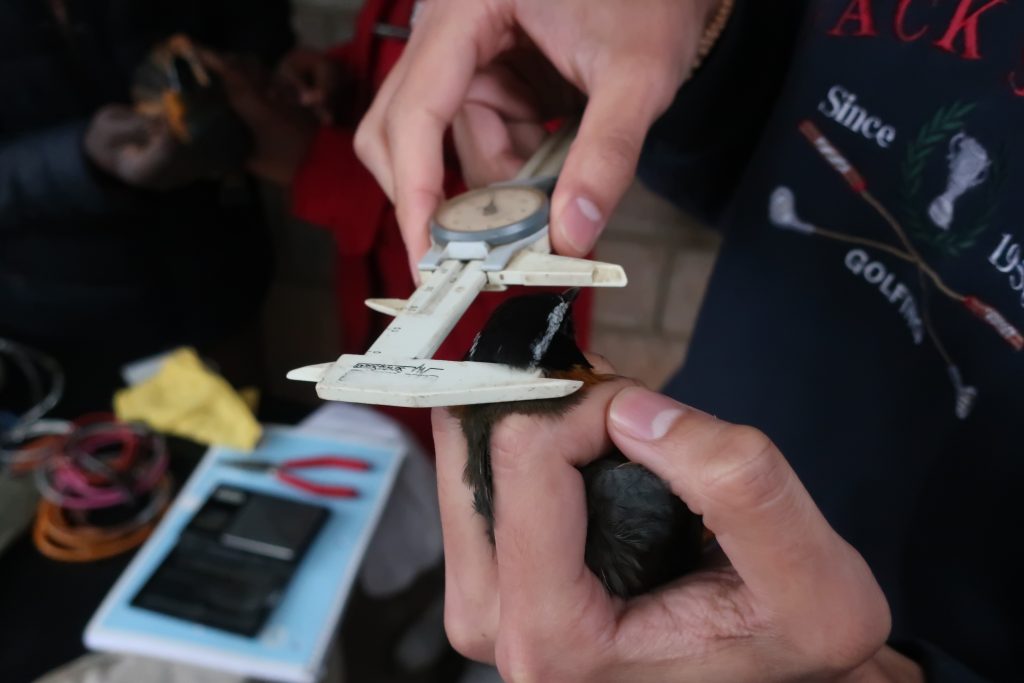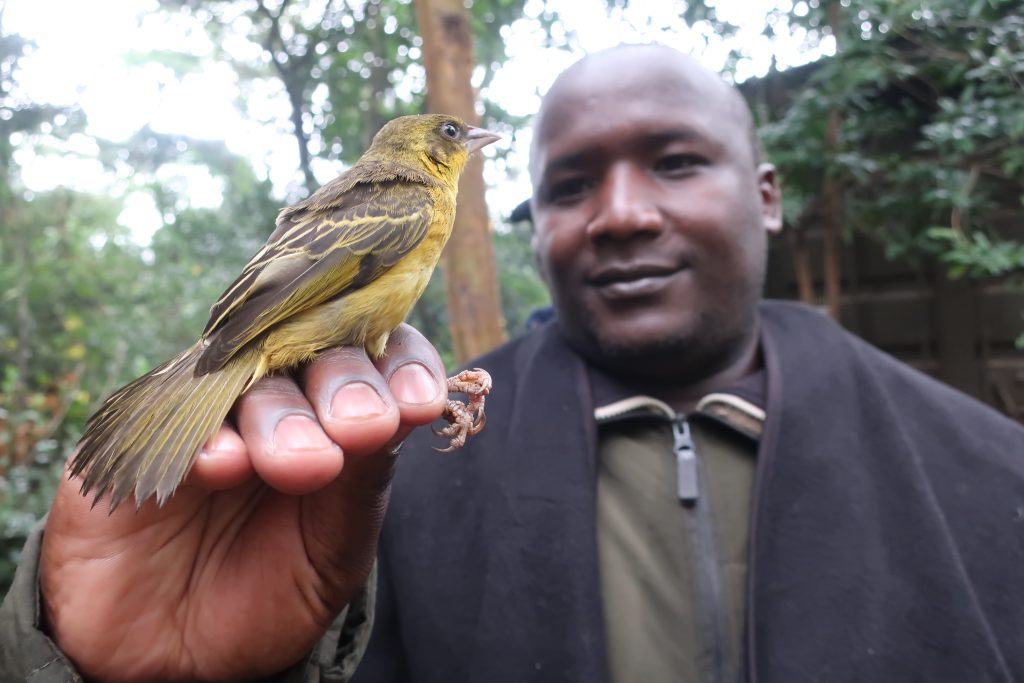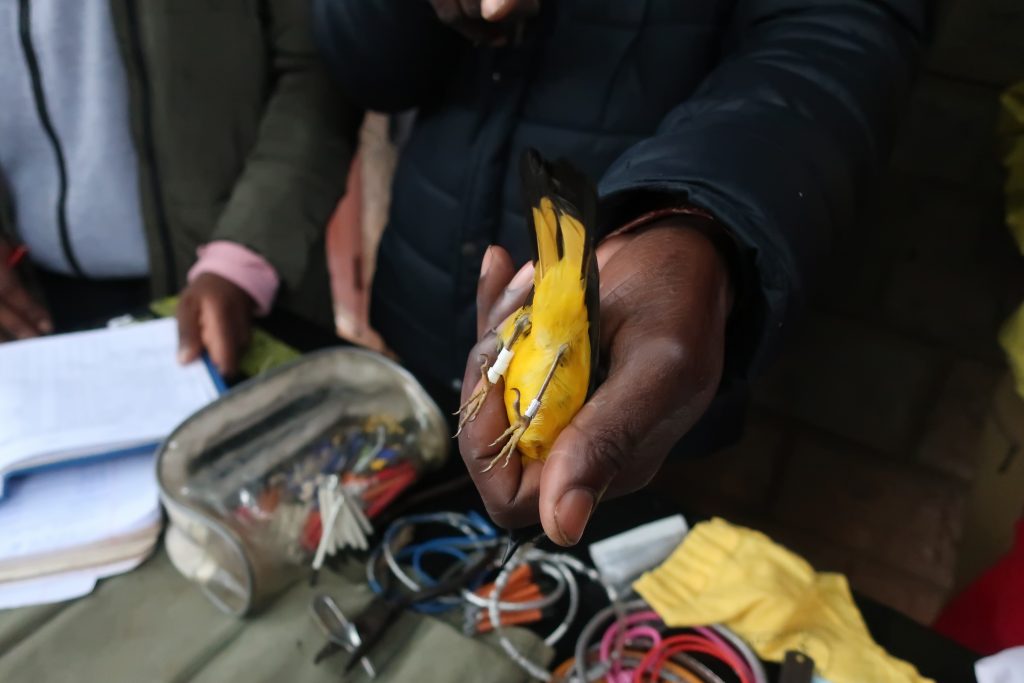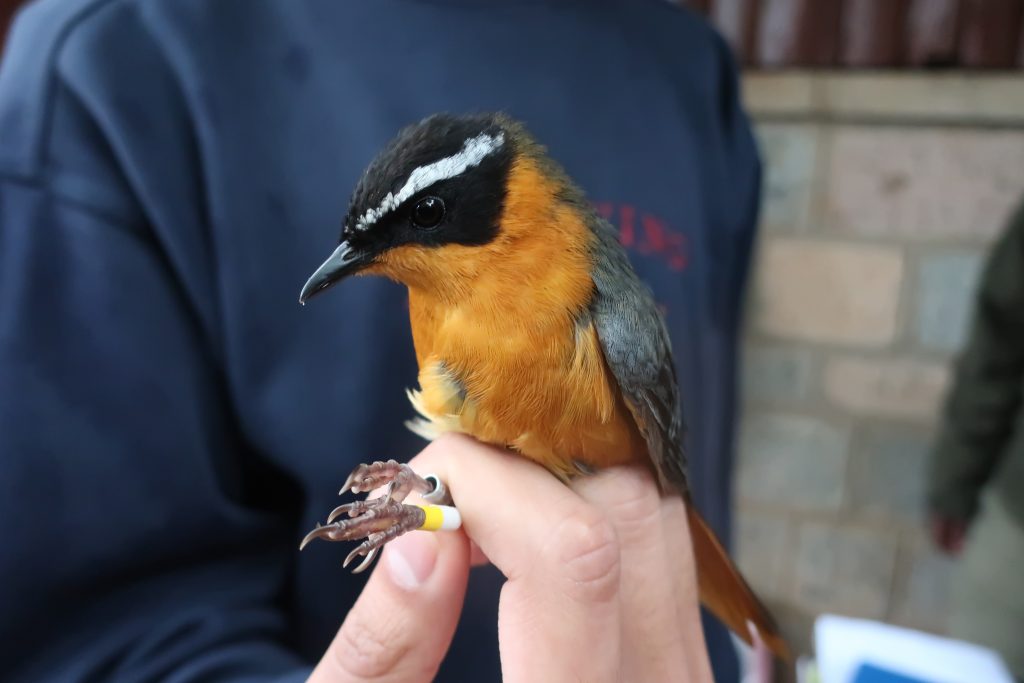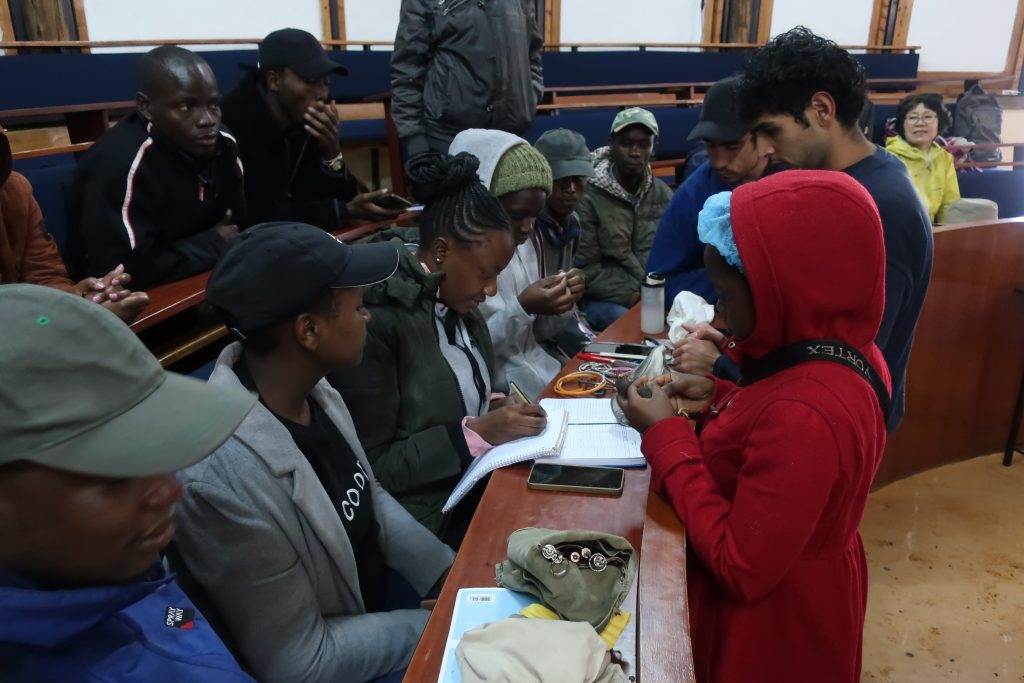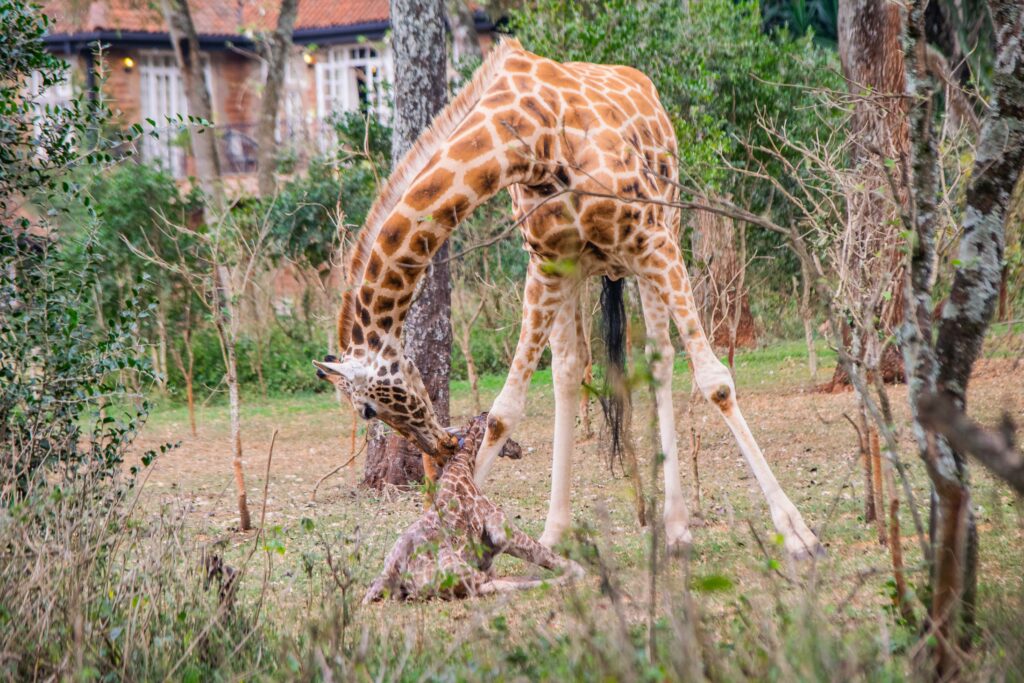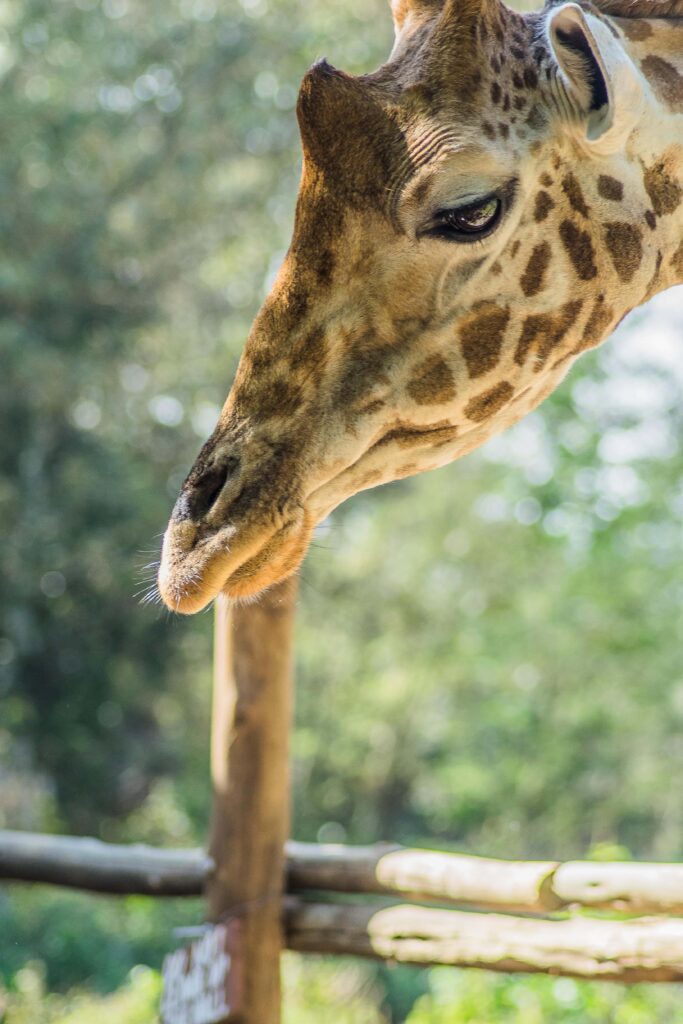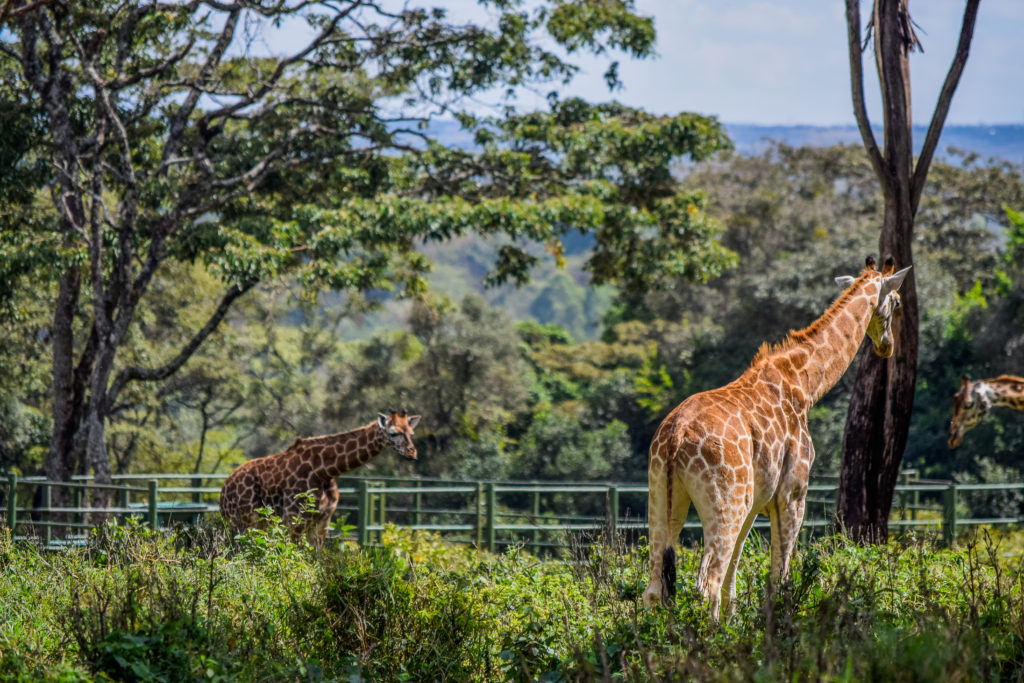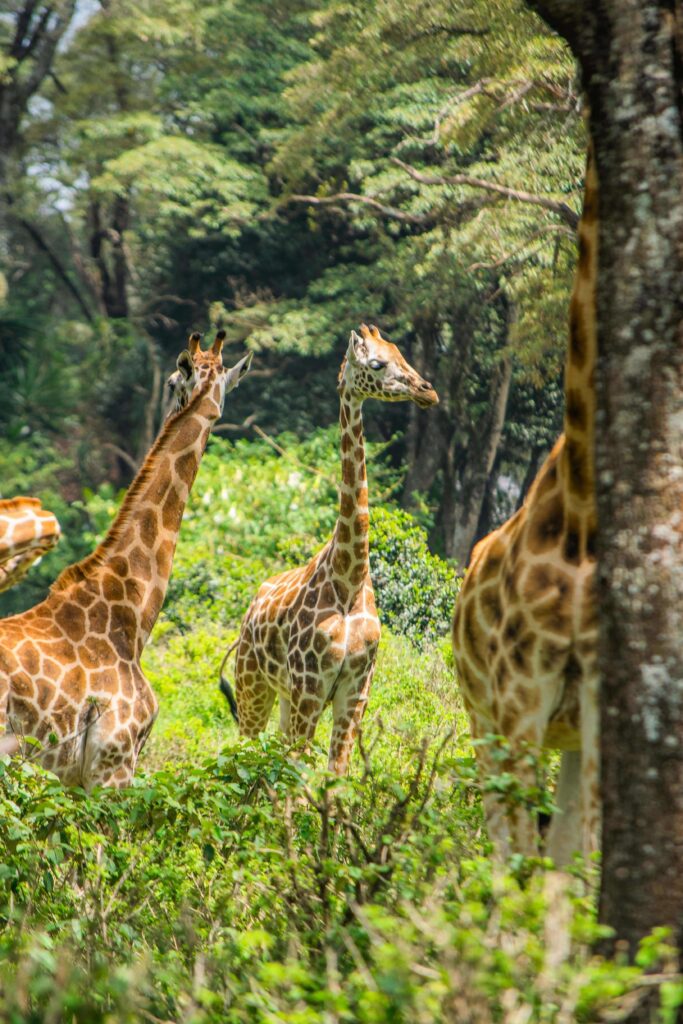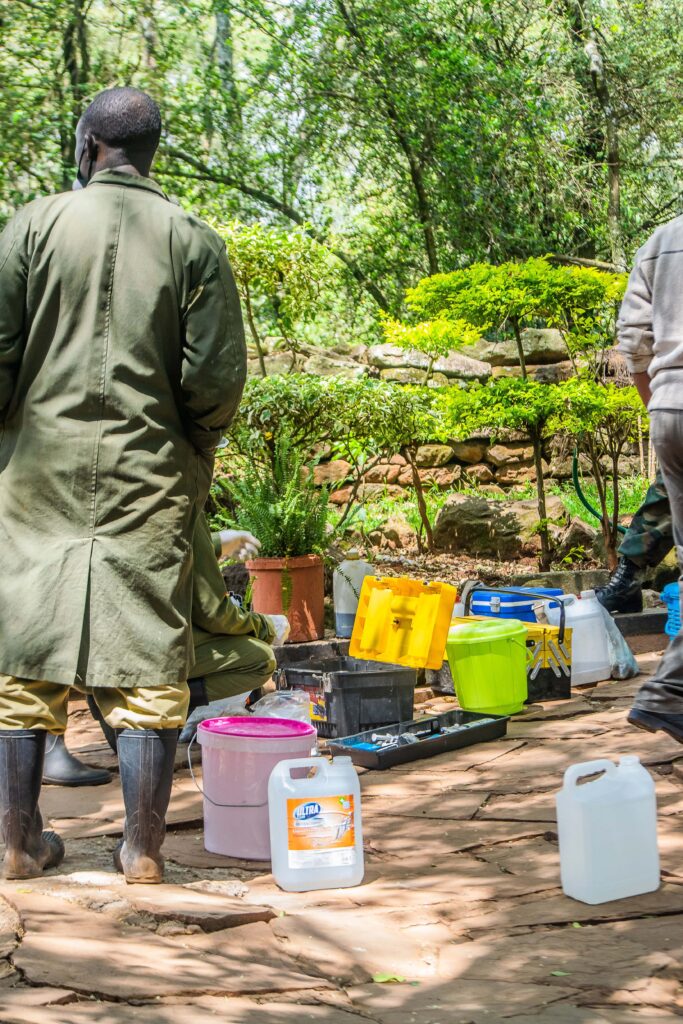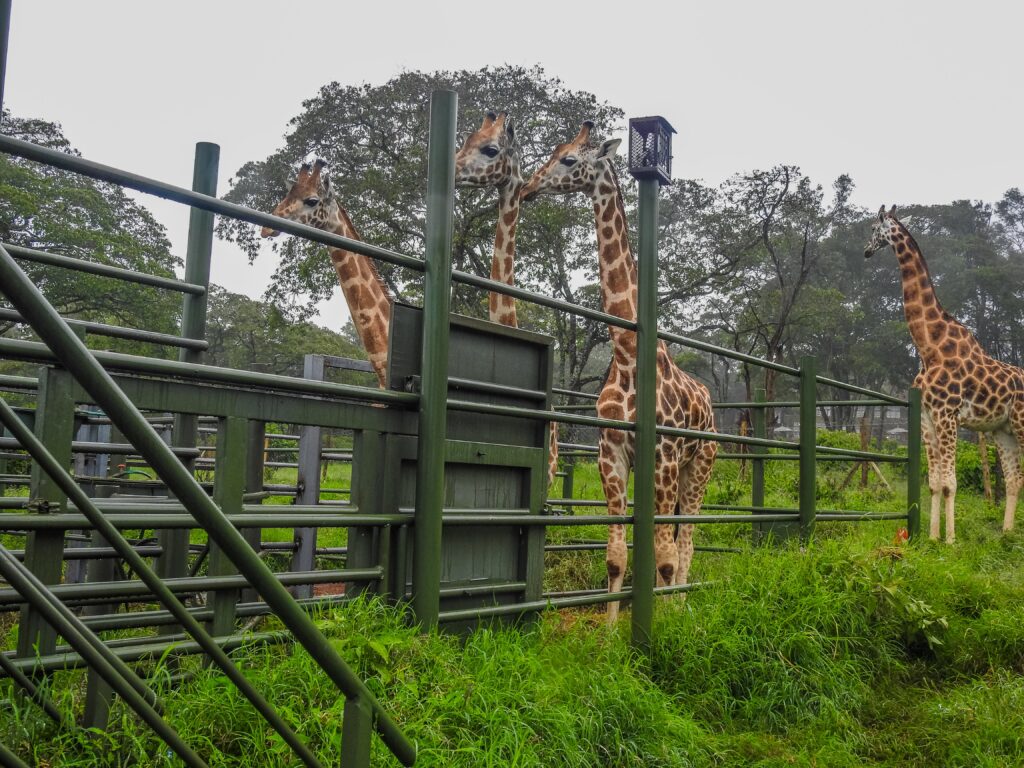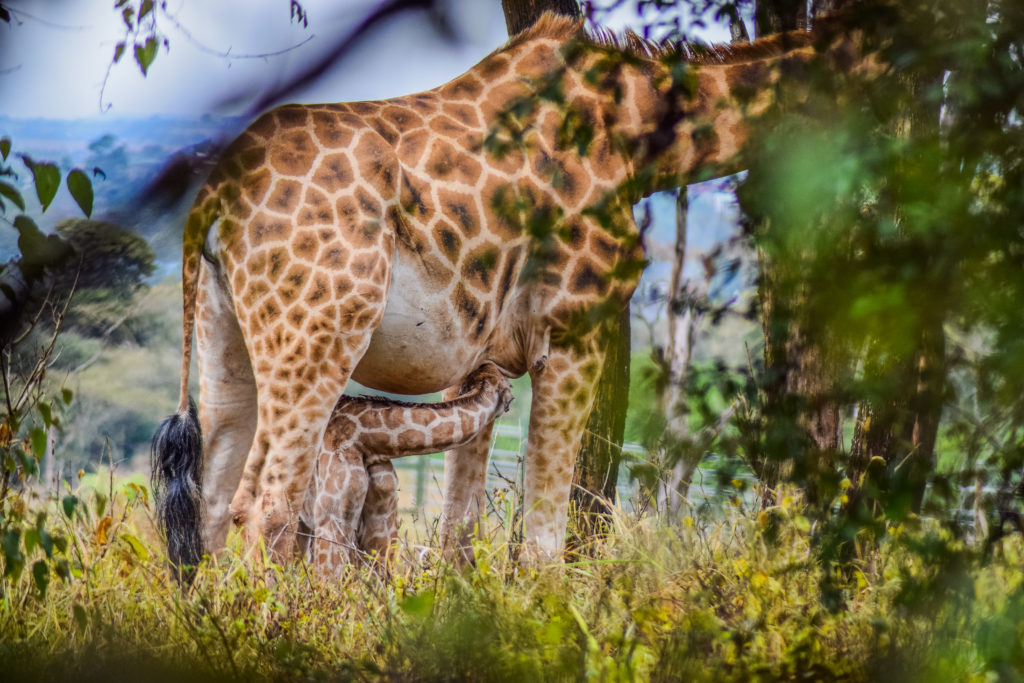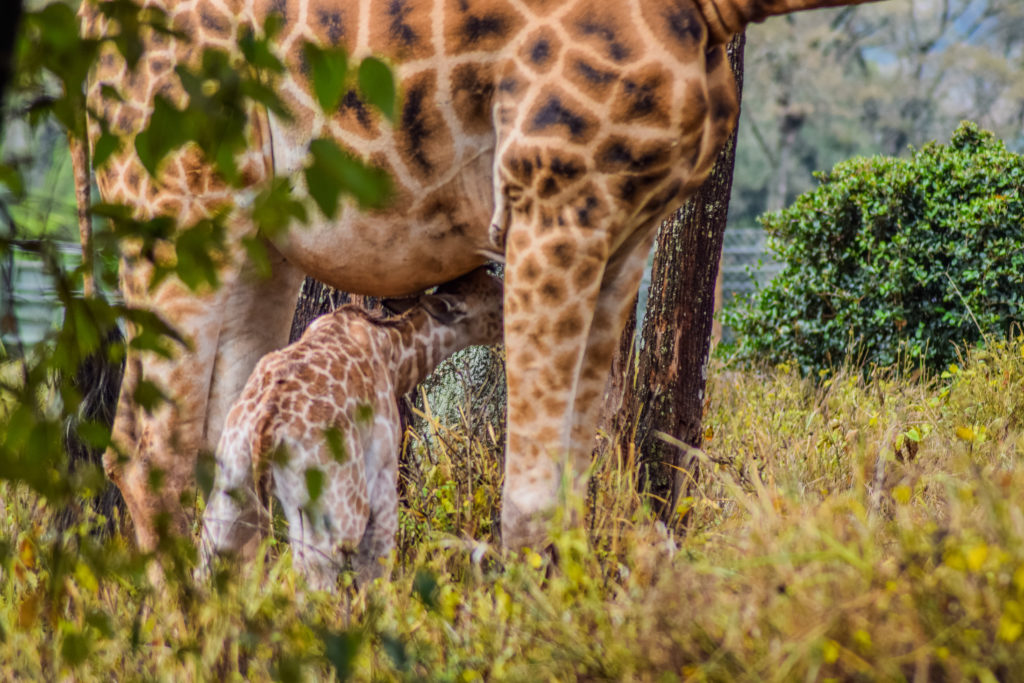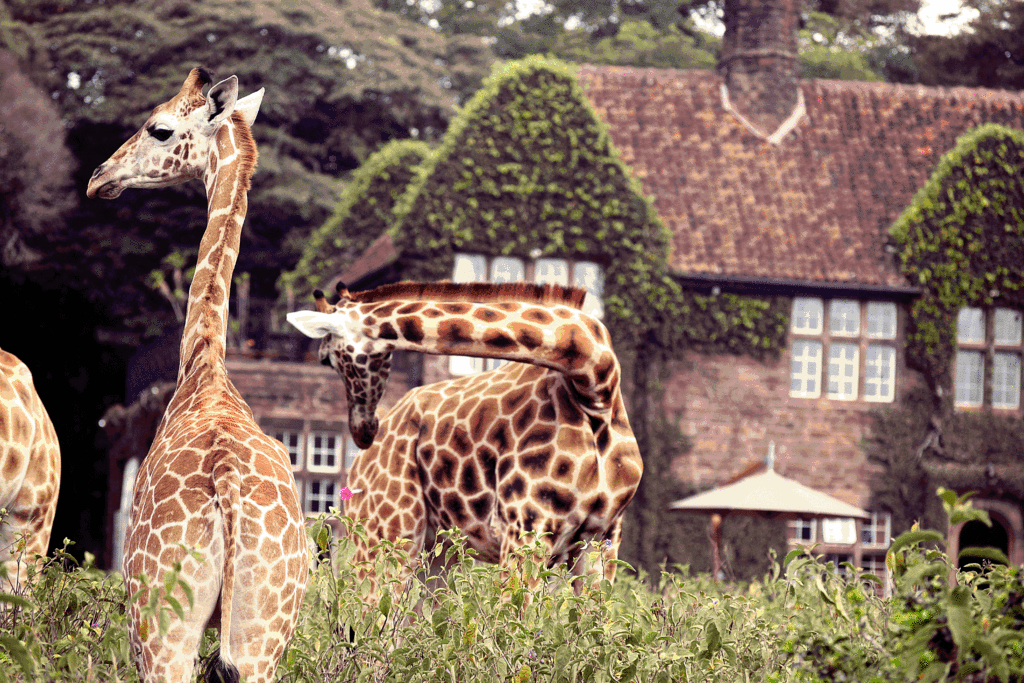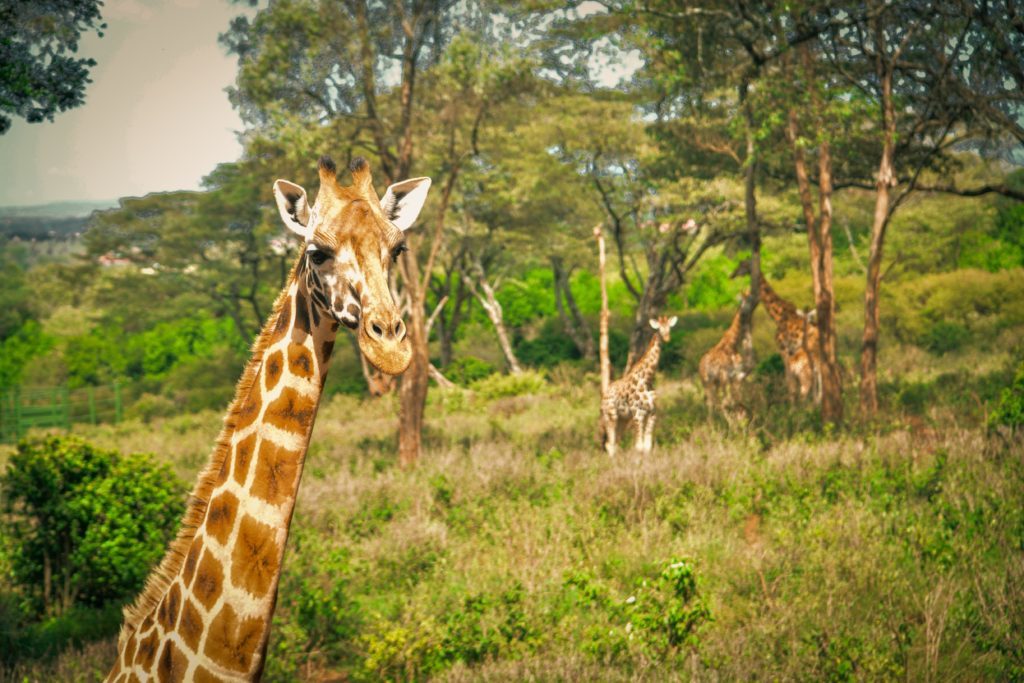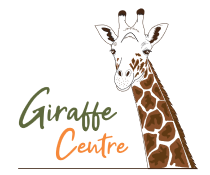For two consecutive days, the Giraffe Centre proudly hosted an esteemed event – the practice of bird ringing. This event unfolded on the 27th and 28th of October 2023, garnering extensive support and endorsement from a consortium of organizations, including Nature Kenya, the Conservation Education and Tourism Department affiliated with the African Fund for Endangered Wildlife, and the Nairobi Bird Ringing Group.
The event drew a diverse audience, with eager students and youth members all sharing a common enthusiasm for gaining insights into the world of bird ringing and birds in general. This collaborative endeavor held a dual purpose: firstly, to establish a foundational understanding of the vibrant birdlife across the expansive 120-acre sanctuary, encompassing its diverse habitats. Secondly, it aimed to empower the next generation of citizen scientists by imparting knowledge and skills in the realm of birds, birding, and the practice of bird ringing.
This marked the second occurrence of the bird ringing event at the Giraffe Centre. For insights into the first event, including its discoveries and outcomes, please click here.
